From Zesty to Earthy: The 10 Lebanese Spices That Will Make Your Kitchen Scream ‘Middle Eastern Magic’!
Table of Contents
- Why Lebanese Spices Are So Special
- Top 10 Must-Have Lebanese Spices
- Spice Comparison Table
- Pro Tips & Flavor Hacks
- How to Pair Lebanese Spices Like a Chef
- A Quick Dash Through History
- Final Thoughts: Spice Up Your Life, One Pinch at a Time
Why Lebanese Spices Are So Special
Lebanese cuisine is like that friend who always smells amazing — fresh, warm, and somehow both comforting and exciting. At its core? Spices.
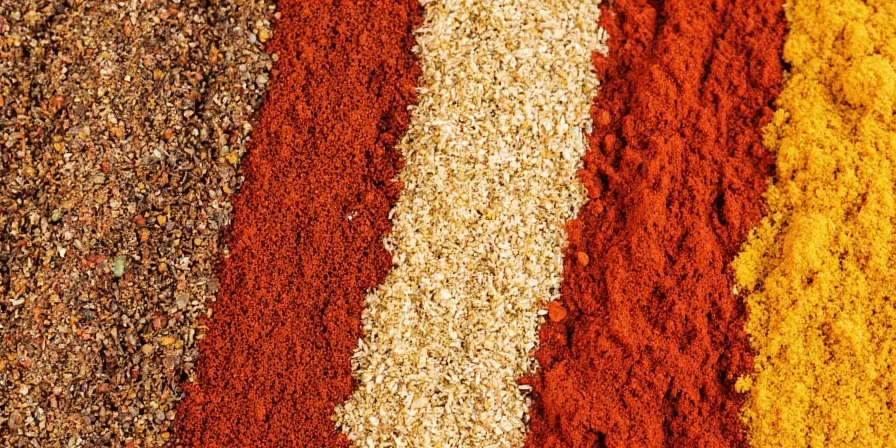
These aren’t just random flavor boosters; they’re cultural signatures. Each pinch carries centuries of trade routes, family traditions, and culinary secrets passed down from grandmother to grandchild.
Top 10 Must-Have Lebanese Spices
- Za’atar: A zesty, earthy blend with thyme, sumac, sesame, and salt.
- Sumac: Tart and lemony, used as a natural acid booster.
- Allspice: Often mistaken for baharat, it’s warm and slightly peppery.
- Turmeric: Adds vibrant color and subtle bitterness to rice and stews.
- Cumin: Deep, nutty, and smoky — a base for many spice mixes.
- Cinnamon: Used in both savory and sweet dishes (yes, really!).
- Paprika: Sweet and colorful, often used for garnish or mild heat.
- Nutmeg: Warms up everything from pastries to meat marinades.
- Cardamom: A floral powerhouse, especially in desserts and coffee.
- Baharat: A versatile spice blend that changes regionally but never disappoints.
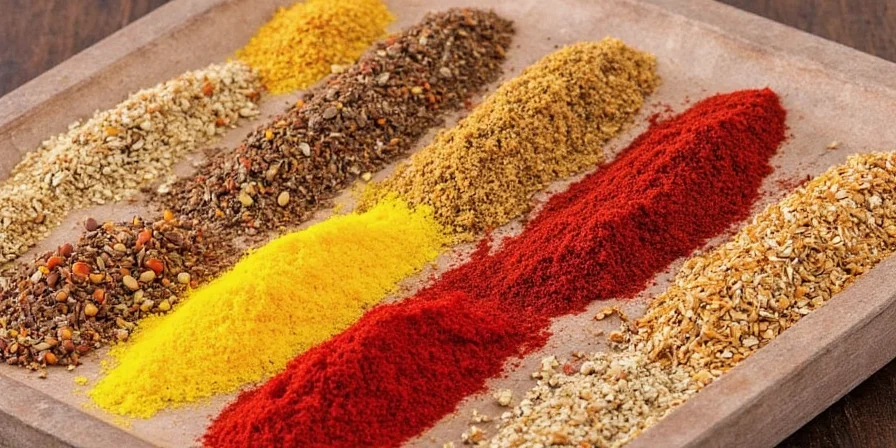
Spice Comparison Table
| Spice | Flavor Profile | Main Use | Best Paired With |
|---|---|---|---|
| Za'atar | Herbaceous, tangy, nutty | Flatbreads, dips, salads | Olive oil, pita, labneh |
| Sumac | Lemony, tart | Garnish, dressings, meats | Lamb, citrus, yogurt |
| Allspice | Peppery, clove-like warmth | Stews, kebabs, kibbeh | Beef, lamb, cinnamon |
| Cumin | Earthy, nutty, slightly bitter | Rice, lentils, soups | Garlic, coriander, paprika |
| Turmeric | Mildly bitter, musky | Coloring rice, soups | Onions, olive oil, cumin |
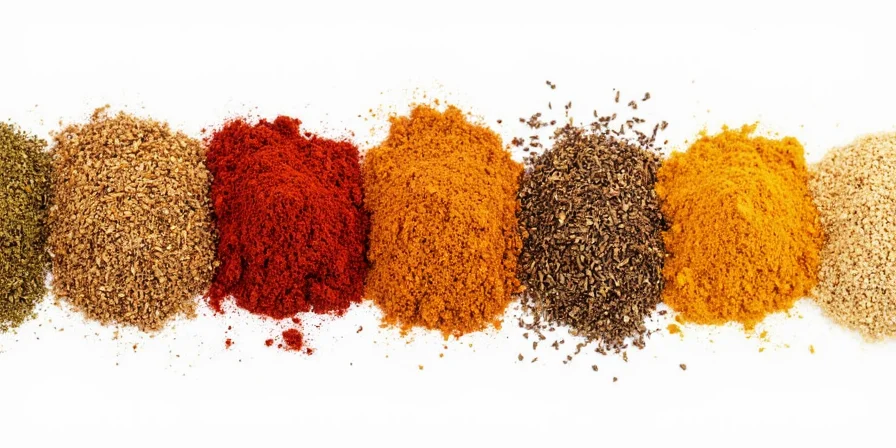
Pro Tips & Flavor Hacks
- Toast whole spices before grinding to unlock deeper flavors.
- Mix za’atar with olive oil for an instant dip or bread spread.
- Store spices in airtight containers away from light and heat.
- Add sumac at the end of cooking to preserve its bright flavor.
- Try a pinch of cinnamon in your lentil soup — trust us on this one.

How to Pair Lebanese Spices Like a Chef
Pairing spices is like mixing colors — some combinations pop, others dull. Here’s a cheat sheet:
- Za’atar + Olive Oil + Lemon: Breakfast staple, snack upgrade, life enhancer.
- Sumac + Yogurt + Cucumber: Perfect for a creamy, tangy tzatziki-style sauce.
- Cumin + Garlic + Paprika: Base of countless Middle Eastern soups and stews.
- Cinnamon + Cardamom + Orange Blossom Water: For those dreamy Levantine desserts.
A Quick Dash Through History
Lebanon has long been a crossroads of trade and culture, and its spices reflect that rich heritage. Traders from Egypt, Persia, India, and beyond brought their seasonings through ancient ports like Tyre and Sidon. Over time, these ingredients blended into a uniquely Lebanese pantry.
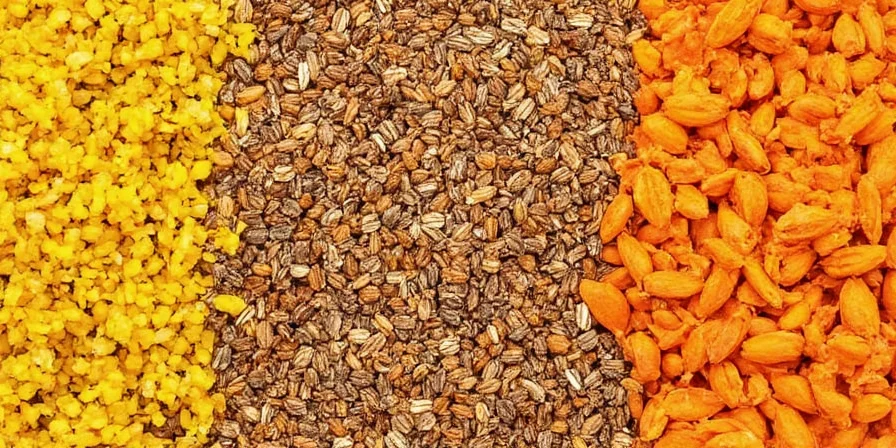
Final Thoughts: Spice Up Your Life, One Pinch at a Time
Lebanese spices are more than just flavor — they’re storytelling in edible form. Whether you're roasting lamb with allspice or drizzling za’atar oil over flatbread, you're not just cooking… you're connecting with generations before you.
So go ahead — open that jar of sumac, take a deep breath, and let the magic begin. After all, isn't life too short for bland food?

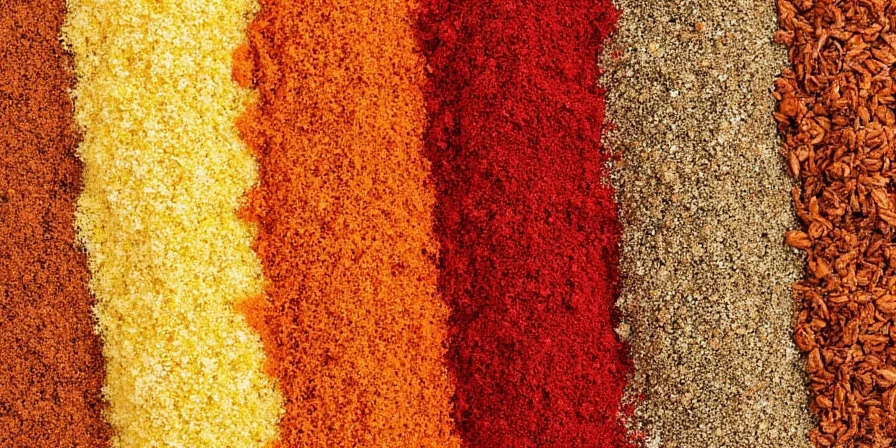









 浙公网安备
33010002000092号
浙公网安备
33010002000092号 浙B2-20120091-4
浙B2-20120091-4